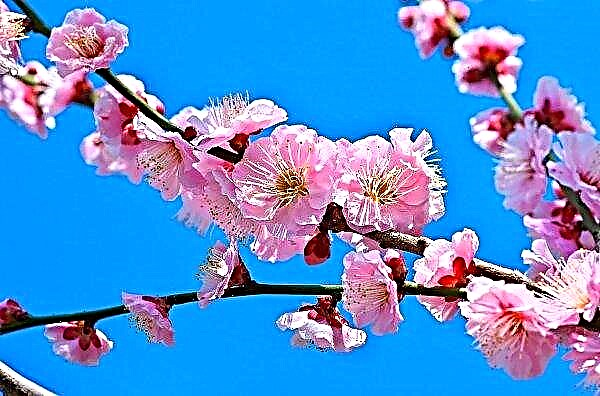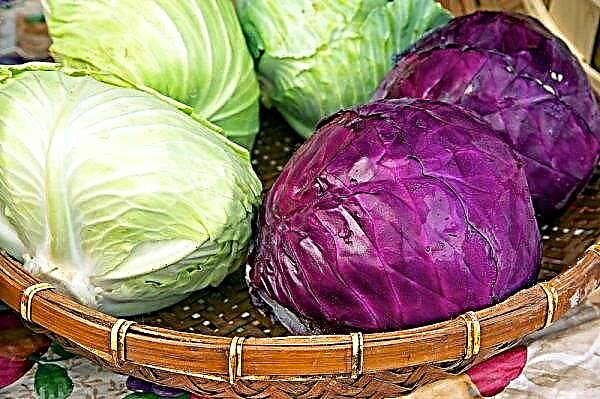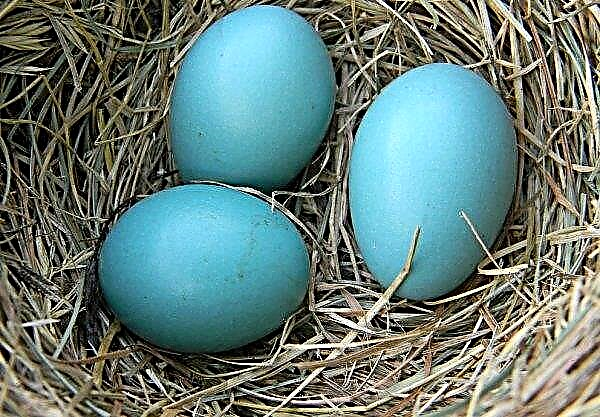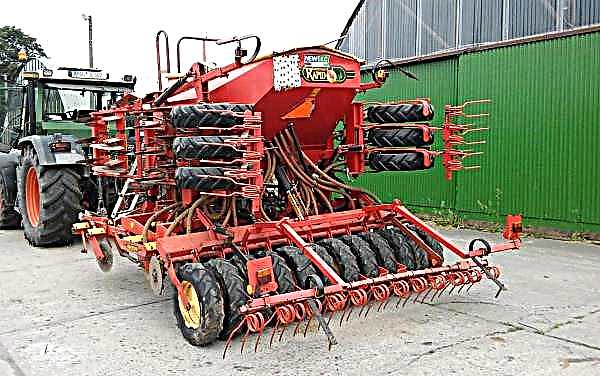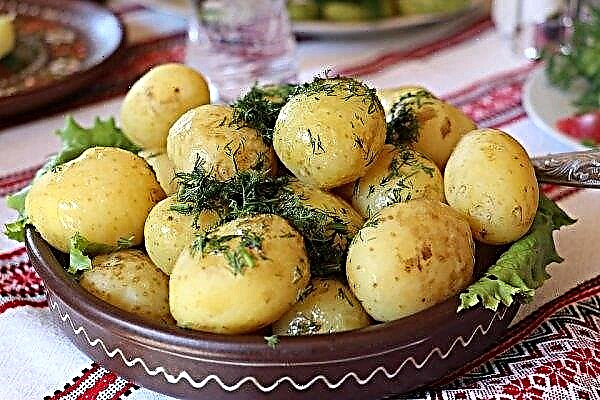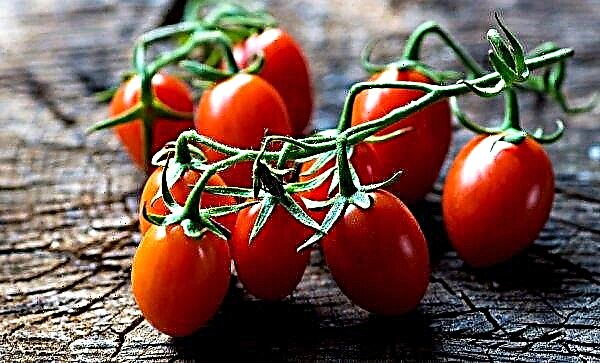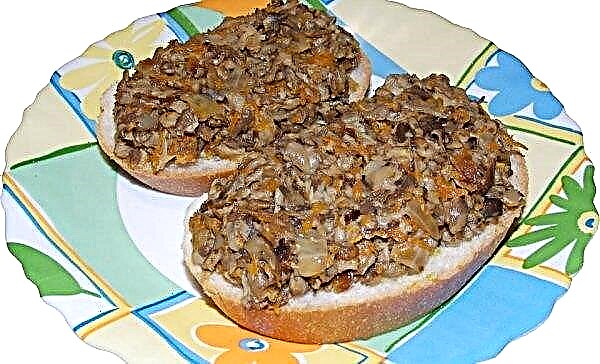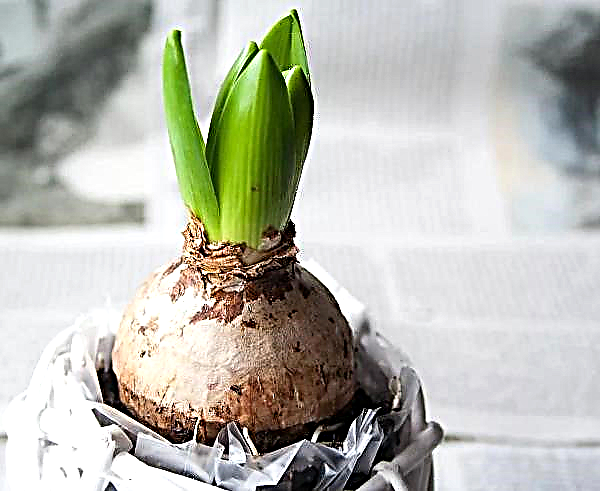In order for peonies and irises to please you every year with abundant flowering and look healthy, you need to know the basic rules for pruning them and preparing for wintering. About this - in our material.
Is it possible to prune peonies and irises after flowering
Flower stalks of irises must be cut immediately after flowering so that they do not spoil the appearance of the flowerbed and do not weaken the plants. In addition, some varieties of irises can bloom twice a season, but if the peduncles are left, seeds will form, and there will be no re-flowering. Pruning is also necessary so that the flowers are not planted uncontrollably.

But peonies, on the contrary, are forbidden to cut off immediately after flowering, because this can weaken them and disrupt the process of photosynthesis. Timely pruning of these flowers is very important for their proper preparation for winter.
Important! You need to trim the flowers with special garden scissors so as not to damage the stems.
When and how to trim
To care for plants after flowering brought as much benefit as possible, you need to adhere to the rules that gardeners have known for a very long time. This is the only way to help irises and peonies safely survive the winter and the next year to please everyone with healthy and beautiful flowers.
Video: Pruning irises and peonies
Peonies
Immediately after flowering, peonies receive the largest number of useful substances and form new buds, so it is better not to disturb them during this period of development. This can lead to death of the plant or lack of flowering in the next year.
But in the second half of autumn, after the first frosts appear, it is recommended to trim them. All stems must be removed, leaving about 10 cm from the buds.

Irises
In irises flower stalks are cut off immediately after flowering. In some varieties, this occurs twice a season. You need to remove only faded buds, leaving them closed and blooming. They are cut off, capturing small pieces of stems, about 2 cm each. When the flowers are completely bloomed, they need to be cut off completely, leaving only 2 cm from the base.
It is better not to touch healthy leaves in the summer, removing only the diseased and yellowed, because a lot of nutrients necessary for plants accumulate in them at this time. They are cut only in the fall, preferably not earlier than two weeks before the frost, so that re-growth does not begin.Did you know? In the constellation Cepheus there is a nebula called Iris, which in its appearance resembles this flower.
The best time is mid-October. They are cut in the form of a cone so that water does not accumulate on the surface and insect larvae do not settle, leaving about 15 cm from the base. It is advisable to remove cut foliage from the flowerbed and burn it.
Further care
After cutting the top of the iris leaves, you need to prepare the plants for winter. To do this, you need to conduct such events:
- before the cold weather, cover them with pine branches or fallen leaves;
- loosen the top layer of the earth (1-2 cm);
- make mineral fertilizers (potash and phosphorus in a ratio of 1: 1).

When peonies are trimmed, for proper preparation for the winter they need:
- sprinkle with ash in the places of cuts and on the surface of the soil to saturate with potassium and to disinfect the soil;
- cover with peat and humus to protect from the cold and keep moisture longer;
- loosen the ground and apply 10 g of potash and 20 g of phosphate fertilizers.

If there is a lot of rain in the fall, it is better to feed peonies with dry fertilizers, so as not to moisten the soil. In addition, it is necessary to ensure that fertilizers in no case fall on the leaves and root of the neck to avoid the appearance of burns.
Disease prevention
Peonies are often affected by viral diseases, which occur in most cases due to poor-quality planting material. Sometimes virus carriers can be insects. Different varieties of peonies respond differently to infection. The most resistant are the old varieties of flowers. But new American hybrids get sick very often and can even die from joining fungal diseases.
Irises, like peonies, suffer from viral diseases that can lead to a delay in their development or complete withering. It is impossible to cure a plant from viruses; it is advisable to dig and burn it at the first sign. For prevention, it is recommended to plant different varieties separately from each other, so that in case of infection the virus does not spread further.Did you know? It is customary to give a bouquet of peonies on the twelfth wedding anniversary.

In addition, you must not forget to weed the flowers from the weeds, water them on time and prevent the sucking pests from appearing on them. It is advisable to plant flowers away from potatoes, tomatoes, cucumbers, strawberries and raspberries.
Quite often, gardeners during the cultivation of peonies and irises face such a problem as a fungus. The most common fungal diseases of peonies: rust, gray rot, powdery mildew and various types of spotting. Irises also suffer from rot of various nature, rust, as well as heterosporiosis, ascochitosis and rhizoctonia.
For the treatment of each of these diseases, drugs are individually selected, but for their prevention several general principles can be distinguished. So that fungal diseases do not spoil the flowers and do not lead to their death, it is necessary to carry out such preventive measures:
- Always water in moderation, avoiding stagnation of moisture.
- Buy varieties with high disease resistance.
- Use only high-quality planting material.
- Thin out the flowers periodically, as well as remove damaged and diseased parts.
- Mulch to protect against weeds and to prevent drying out of the soil.
- Fertilize only with old, well-rotted humus, but in no case with fresh manure or grass.
- Remove weeds in time and fight off insects that spread diseases.
- Collect and burn plant waste.
- Dig up the soil periodically.
- Spray with fungicides at the stages of germination and budding, as well as after flowering.
- Keep garden equipment clean.

For preventive spraying, you can use a 1% solution of Bordeaux mixture, 0.1% solution of “Topaz”, 0.2% solution of Fundozol or 0.5–0.7% solution of copper oxychloride, spraying 2-3 liters of liquid for each plant.
Peonies and irises are perennial flowers that every year can delight you with abundant flowering, if properly looked after. The most important measure for their recovery is timely pruning, which ensures a good wintering, as well as disease prevention.Important! After working with diseased flowers, disinfect the equipment and wash your hands.

